What is conservatism? Who are the “real conservatives?”
The C word, conservative, what does it mean? It’s not as simple as it seems. Take, for example, my choice to vote for incumbent judges, a habit of mine that reflects something about how I think on a broader level. Most of the time, I believe continuity and experience are valuable, especially in the judiciary where consistency is a vital part of what makes the law, the law. Just as I don’t assume most teachers, firefighters, or delivery drivers are probably bad at their jobs and should be replaced, I don’t assume this about judges I have never heard of. This doesn’t mean I am against change; only that I value stability. Does this make me a conservative? I am placing a high value on conservation, yet I typically do not even know what I am conserving. A judge could be solidly on the right or on the left, either way, I am voting for them to stay in office. Does that still make it a conservative act?
Identifying as a conservative these days comes with MAGA assumptions that have no relation to my actual beliefs. After years of weighing this, I’ve concluded that there are two very different types of conservatives in America today. One values caution in the approach to public questions like, “Who should I vote for?” The other is all about reactions, typically angry ones that suggest the question shouldn’t even be up for debate. Something like, “You can’t vote for the Marxist Democrats and their globalist agenda to destroy this country.” Let’s call them Conservatism One and Conservatism Two.
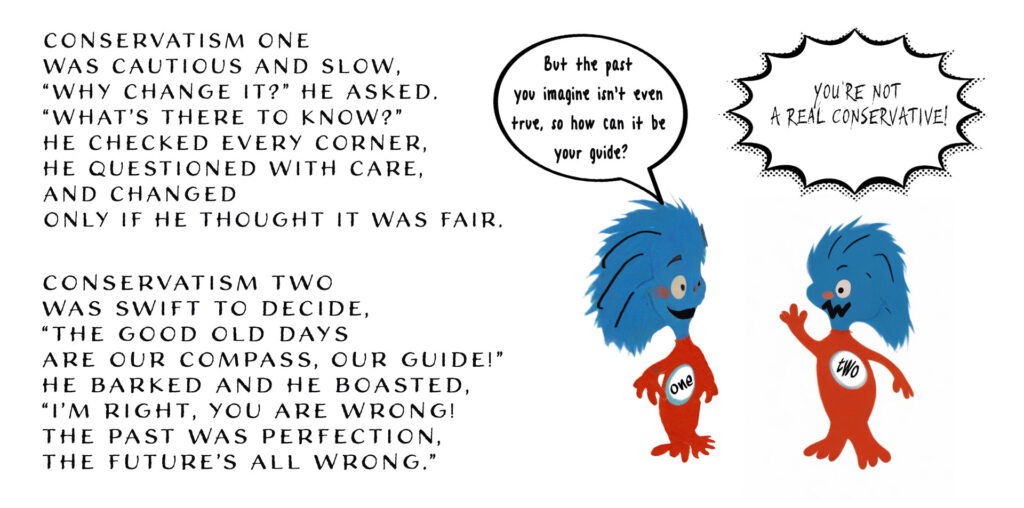
Conservatism One: A Questioning, Careful Conservatism
Conservatism One is best described as a thoughtful and mature way of handling questions. It approaches problems by first considering, sometimes repeatedly, the possible impacts, unintended consequences, and whether any new approach would stand the test of time. There is no sure guarantee that this methodology will lead to success. In hindsight, it may be overly cautious and slow down necessary changes, but it is a school of thought that is capable of reexamining previous answers, as well as questions to reach better answers in the future.
Abraham Lincoln captured this approach when he asked, “What is conservatism? Is it not adherence to the old and tried, against the new and untried?” [For more thoughts on Lincoln and conservatism see this previous post.]
Conservatism One is open to change but always asking, “Will this change do more to sustain or disrupt what already works?”
To understand this approach better, consider Edmund Burke, the British thinker often seen as the intellectual Father of Conservatism. Burke famously wrote down his views in response to the French Revolution and the extreme upheavals it created, including the Reign of Terror where the revolutionaries began killing off one another in addition to innocent people. Burke viewed extremism as a threat, and subsequent revolutions, from both the far left of communism to the far right of fascism, have validated his concerns over and over again. On the other hand, Burke generally supported the American colonists’ grievances and did not see their actions as a dangerous “revolution.” The Americans were defending their long-established rights under English law and seeking to grow their experiments in self-governance. To Burke, this wasn’t radical or comparable to what later happened in France, when the French people tried to reject and remake everything all at once.
Conservatism Two: A Reactionary, Nostalgic Conservatism
In stark contrast, Conservatism Two doesn’t approach questions carefully; it tends to dismiss them outright. This view has little need of thoughtful consideration and clings to a romanticized past that they feel should guide the future. Conservatism Two’s mindset could be summed up as, “I am right, and you are wrong. Convince me otherwise,” making it impossible to convince them of anything. They take pride in being “politically incorrect” but fail to see their own version of political correctness and its dogmatic enforcement as a problem.
At its most extreme, Conservatism Two begins to sound like the radical left, adopting a “Power to The People” attitude that places “our people” above the principles that make a republican form of government possible. The goal here is to implement a new kind of social and political order based on their view of greatness. This doesn’t preserve the past but rather reinvents it according to an idealized vision. To them, the republic is worth supporting only as long as it’s getting them closer to their goal. Their intention is not to conserve, but to institute their own brand of extremism.
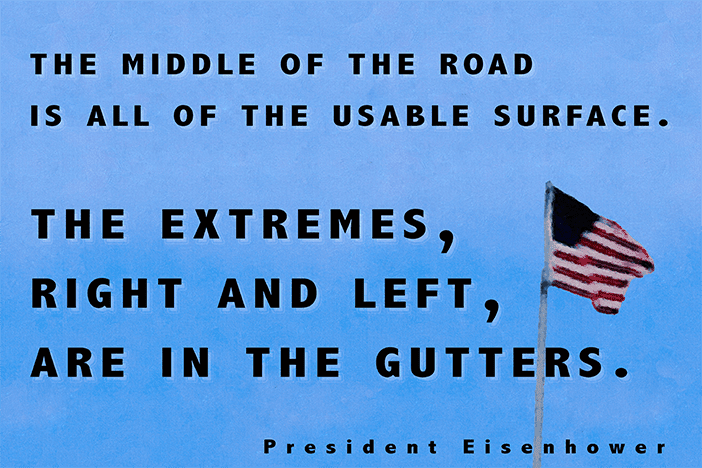
Conservatism Must Conserve to Endure
So, who are the real conservatives here? Looking at the literal meaning of the word and the history of the idea, it’s Conservatism One, and it is heartening to me to see so many lifelong conservatives voting Democrat this time around, putting the foundation of the republic over any other concerns they might have. What could be more conservative than that? They understand, as Lincoln did, that we can’t be great if we can’t sustain the foundation that made our greatness possible. Unfortunately, they have lost the PR battle to Conservatism Two, the self-professed and nearly universally accepted, “real conservatives” at this moment.

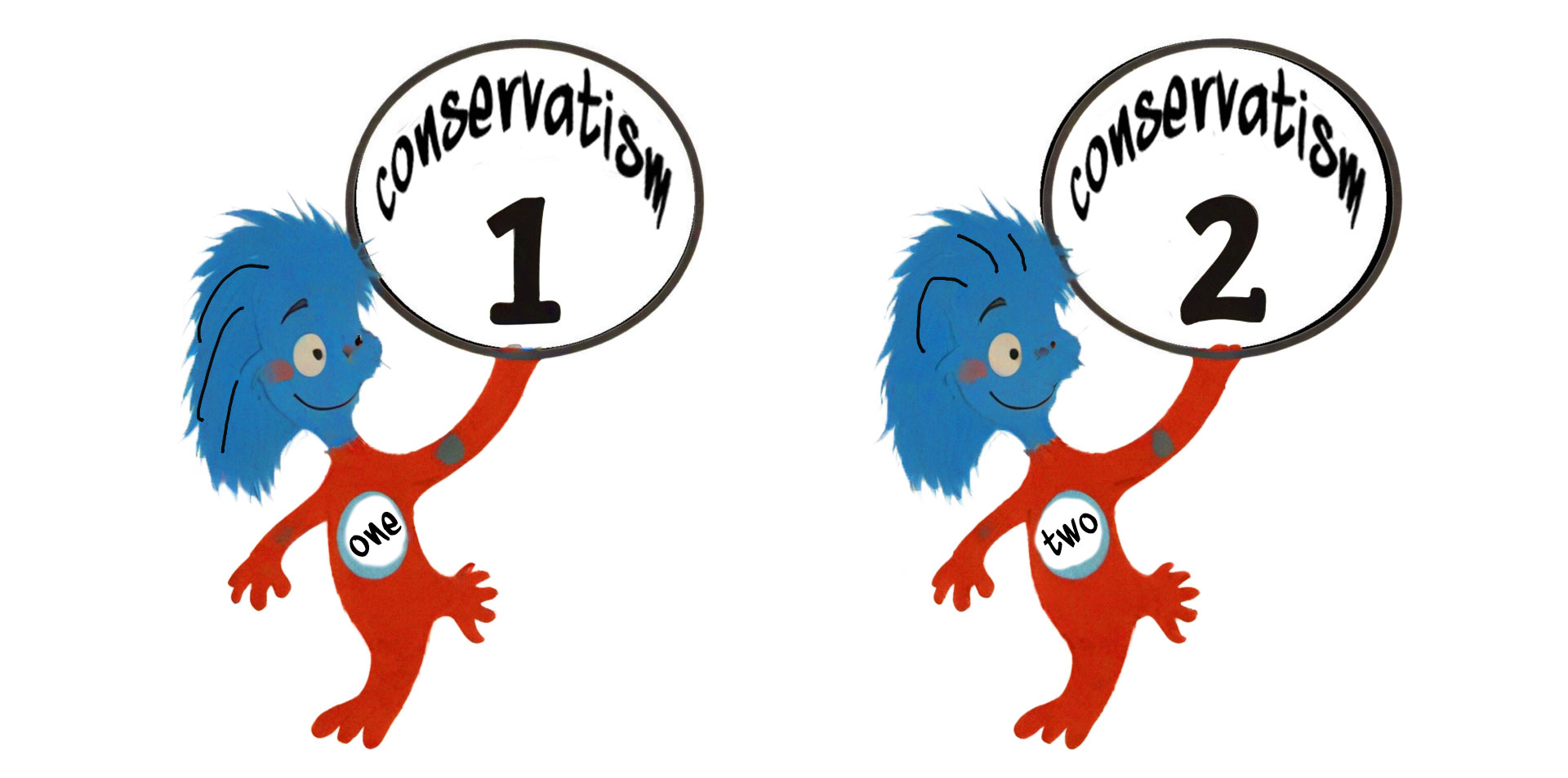

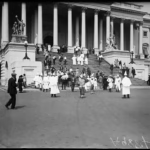
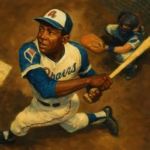
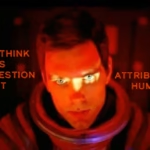







Leave a Reply